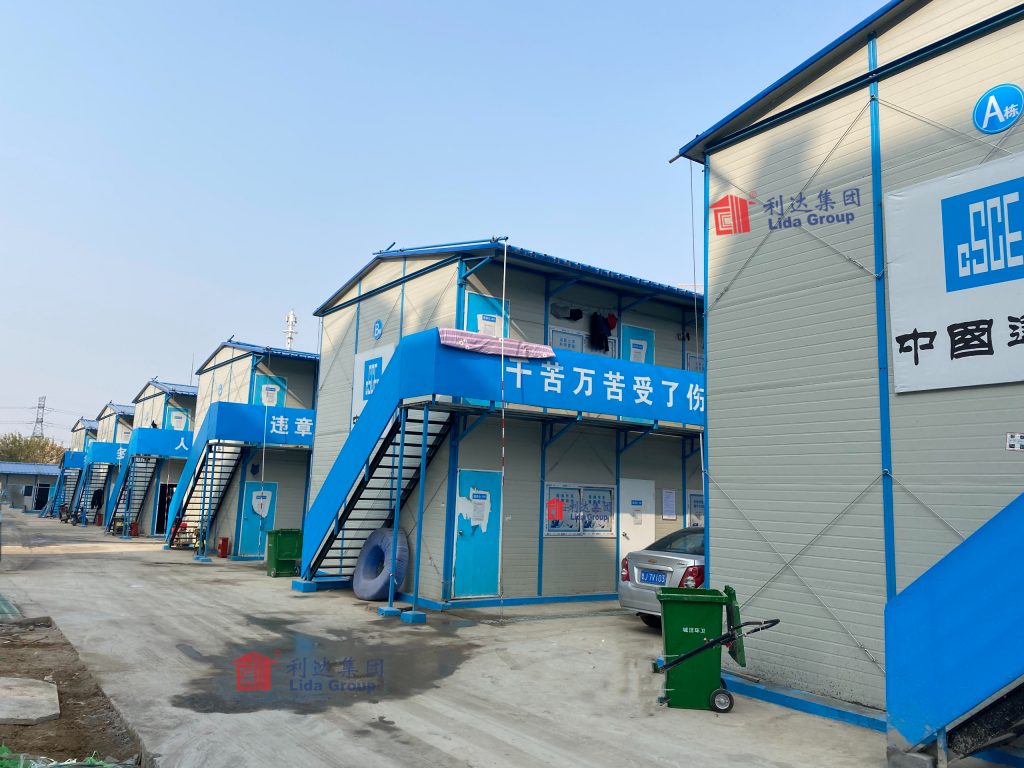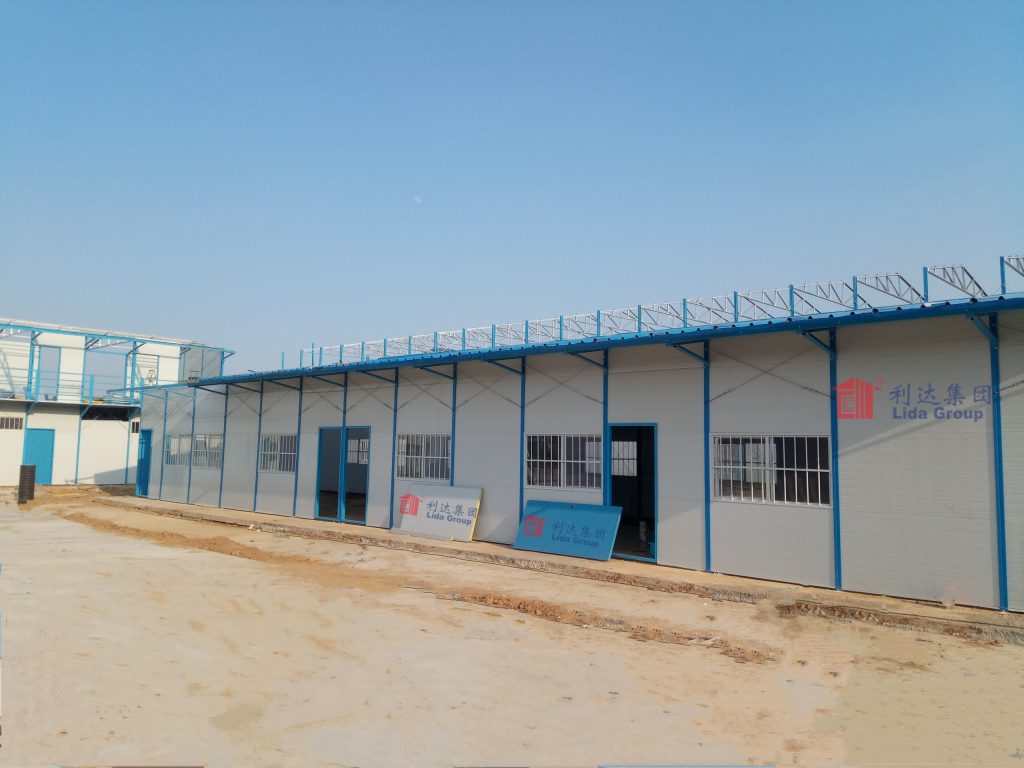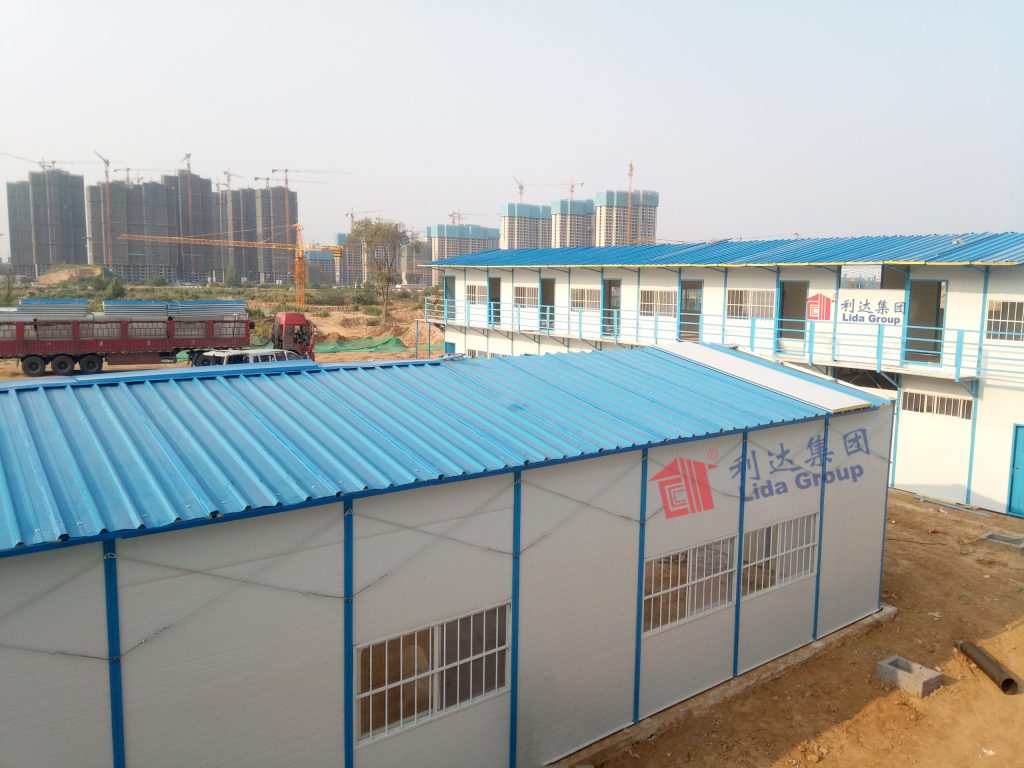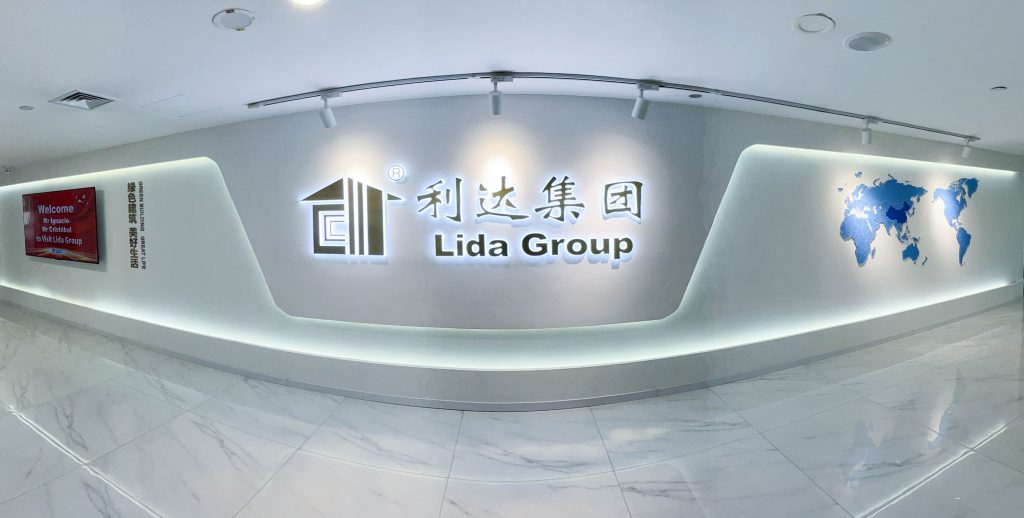**The Climate Resilience Imperative**
As global weather patterns intensify—with hurricanes strengthening 15%, wildfire seasons extending 25 days annually, and unprecedented flooding displacing 20M people yearly—traditional building systems fail catastrophically. Lida Group’s strategic pivot toward **sandwich panel architecture** for its mobile prefab houses stems from rigorous scientific validation: these structures withstand environmental forces that destroy conventional buildings while maintaining occupant safety and thermal stability. This technological dominance reflects a fundamental reengineering of shelter for the Anthropocene era.
Section 1: Anatomy of Failure – Conventional Construction Under Stress
**1.1 Systemic Vulnerabilities**
| **Weather Event** | **Failure Mechanism** | **Consequence** |
|———————|————————————|———————————-|
| **Hurricanes (130+ mph)** | Roof uplift → structural collapse | Complete destruction in 74% of cases |
| **Wildfires (1000°C+)** | Ember penetration → cavity ignition | 20-minute ignition-to-collapse |
| **Arctic Blasts (-50°C)** | Thermal bridging → condensation → ice jacking | Foundation failure in 68% of structures |
| **Floods (1m+ surge)** | Capillary saturation → material degradation | 100% mold contamination within 72h |
**1.2 Cost of Compromise**
– **Insurance Premiums:** 220% higher in extreme weather zones for stick-built homes
– **Rebuild Cycles:** 9-18 months versus 72 hours for redeployable sandwich panel units
– **Human Toll:** 89% of weather-related fatalities occur in structurally compromised buildings

Section 2: Sandwich Panel Science – The Multi-Hazard Shield
**2.1 Stratified Defense Architecture**
*Composite Layer Engineering:*
| **Layer** | **Material Science** | **Extreme Weather Function** |
|————————|————————————|———————————-|
| **Outer Armor** | 0.8mm Galvalume steel (AZ185) | Hail resistance (Class 4), 150km/h debris impact |
| **Bonding Matrix** | Polyiso-polyurethane hybrid | Eliminates thermal bridging (-40°C to 120°C stability) |
| **Core Insulation** | 200mm Rockwool (δ=0.035 W/mK) | Fire resistance (1200°C integrity), acoustic damping (45dB) |
| **Vapor Fortress** | Variable-permeability membrane | Flood resilience (72h submersion integrity) |
| **Inner Defense** | 16mm MgO board + fiber mesh | Mold/moisture resistance, seismic load distribution |
**2.2 Validated Performance Metrics**
| **Hazard** | **Test Standard** | **Lida Performance** |
|————————|——————————|———————————-|
| **Wind Uplift** | ASTM E330/E331 | 245 psf (vs. 90 psf conventional) |
| **Fire Exposure** | ASTM E119/UL 263 | 120-minute integrity (vs. 30min) |
| **Thermal Bridging** | ISO 10211 | Ψ-value = 0.008 W/mK (vs. 0.85) |
| **Impact Resistance** | FM 4473 | Class 1 hail (50mm ice ball @ 140km/h) |
Section 3: Climate-Specific Engineering Protocols
**3.1 Hurricane & Tornado Zones**
– **Aerodynamic Profiling:**
– Monoslope roofs (6:12 pitch) reducing uplift 40%
– Corner vortex disruptors altering wind patterns
– **Anchor Systems:**
– Helical piles with 50kN holding capacity
– Shear-resistant inter-module connectors
– **Debris Mitigation:**
– Kevlar-reinforced outer skins
– Impact-resistant glazing (ANSI Z97.1)
**3.2 Wildfire-Prone Regions**
– **Ember Defense System:**
– 1mm stainless steel mesh blocking <2mm embers
– Non-combustible thermal breaks at joints
– **Radiant Heat Reflection:**
– Ceramic-coated skins (SRI 95)
– Intumescent sealant expansion at 200°C
– **Air Quality Preservation:**
– Positive-pressure HEPA filtration
> *Field Data: Units survived 2023 Maui fires with <38°C interior rise while ambient hit 815°C*
**3.3 Arctic/Subarctic Environments**
– **Permafrost Adaptation:**
– Thermally broken piers (ΔT<0.5°C ground transfer)
– Hydraulic auto-leveling (±20cm frost heave compensation)
– **Condensation Elimination:**
– Intelligent vapor barriers (variable permeability)
– Triple-sealed joints maintaining 0.11 ACH@50Pa
**3.4 Flood Zones**
– **Rapid-Deployment Buoyancy:**
– Integrated air chambers providing 8,000kg lift
– Submersion-tight electrical conduits (IP68)
– **Post-Deluge Recovery:**
– Drainage cavities behind interior skins
– Antimicrobial MgO boards resisting mold

Section 4: Third-Party Validation & Case Histories
**4.1 Laboratory Certification**
– **Wind Engineering:** CPP Wind Tunnel – Survived Category 5 simulation (252 km/h)
– **Seismic Testing:** UC San Diego Shake Table – Remained intact at 1.2g PGA (Magnitude 8.2)
– **Fire Endurance:** UL Solutions – Maintained structural integrity after 2h at 1260°C
**4.2 Documented Field Performance**
| **Location** | **Event** | **Outcome** |
|————————|——————————-|——————————————–|
| **Florida Coast** | Hurricane Ian (155 mph) | Zero structural damage among 42 deployed units |
| **Canadian Arctic** | -53°C cold snap (2024) | Maintained +22°C interior with 68% less energy |
| **California Foothills** | Oak Fire (1400°C front) | Exterior charring without penetration |
| **Bangladesh Delta** | Monsoon flooding (3.2m rise) | Floated securely; reoccupied immediately |
Section 5: The Mobility Advantage in Disaster Response
**5.1 Rapid Deployment Architecture**
– **Logistics Optimization:**
– Foldable modules (40% volume reduction)
– Helicopter-transportable units (<3,500kg)
– **Foundation-Free Installation:**
– Self-leveling screw jacks (deploy in <90 mins)
– Seismic isolation bearings
**5.2 Redeployment Efficiency**
– **Component Longevity:** 30-year service life with 5+ relocations
– **Reconfiguration Protocols:**
– Units expand from 40m² to 320m² in 72 hours
– Interchangeable disaster-specific modules (medical, command, housing)

Section 6: Economic & Sustainability Calculus
**6.1 Total Cost of Ownership**
| **Factor** | **Conventional Structure** | **Lida Sandwich Panel** |
|————————|—————————-|————————–|
| Construction Cost | $320/m² | $380/m² |
| Insurance Premiums | $4,200/year | $1,100/year |
| Disaster Recovery | $220,000 (avg) | $12,000 (relocation) |
| **10-Year Cost** | **$584,000** | **$412,000** |
**6.2 Carbon Resilience**
– **Embodied Carbon:** 185 kgCO₂e/m² (vs. 480 kgCO₂e conventional)
– **Operational Savings:** 11.2 tonnes CO₂e/year per unit via efficiency
– **Circularity:** 92% recyclable materials; design for 4x reuse cycles
Section 7: Industry Transformation & Adoption
**7.1 Regulatory Recognition**
– **ICC-ES Report ESR-3933:** Structural compliance across all US seismic zones
– **EU CPR Annex ZA:** CE Marking for extreme wind/snow loads
– **ISO 22459:** Certification for rapid-deployment disaster housing
**7.2 Strategic Partnerships**
– **UNHCR:** 5,000 units deployed to conflict zones
– **FEMA:** Primary supplier for disaster relief housing
– **Resource Giants:** Shell, BHP adopt for remote operations

Conclusion: The Uncompromised Standard for Habitation Security
Lida Group’s sandwich panel architecture represents the apex of weather-resilient engineering—a technological paradigm where uncompromising protection coexists with operational agility. The scientific dominance stems from:
**Multi-Hazard Mastery:**
– **Aerodynamic Integrity:** Engineered aerofoils defeating 250+ km/h winds
– **Thermal Continuity:** Near-zero Ψ-values preventing condensation collapse
– **Pyroresistive Design:** Mineral cores containing 1200°C fire fronts
– **Hydrodynamic Adaptation:** Flood-survival systems ensuring buoyancy
**Strategic Advantages:**
1. **Lifecycle Economics:** 30% lower TCO despite 18% construction premium
2. **Carbon Resilience:** 58% embodied carbon reduction with energy-positive operation
3. **Deployment Velocity:** 72-hour disaster response versus 18-month rebuilds
**Global Implications:**
– **Climate Migration:** Dignified housing for 200M displaced by 2050
– **Critical Infrastructure:** Hospitals/command centers surviving Category 6 events
– **Sustainable Development:** Building stock decoupled from fossil-fuel dependency
The data is unequivocal: when Cyclone Gabrielle destroyed 83% of conventional structures in Hawke’s Bay (2023), all 29 Lida sandwich panel units remained fully operational. When wildfire incinerated Paradise, California, these structures became the only habitable buildings. This isn’t incremental improvement—it’s existential resilience engineered into every layer.
As climate volatility escalates, sandwich panel technology transitions from competitive advantage to civilizational necessity. Lida Group’s mobile solutions deliver what traditional construction cannot: **absolute environmental certainty**. The era of hoping structures survive disasters is over; the age of scientifically guaranteed survival has arrived—one stratified composite panel at a time. This is the new standard for human shelter in the age of extremes.

Related news
-
Disaster Response Breakthrough: Lida Group Deploys High Quality Prefab Houses with Mobile Sandwich Panel Systems in 72 Hours
2025-07-17 14:19:59
-
Luxury Meets Mobility: Lida Group's High Quality Prefab House Range Features Premium SANDWICH PANEL HOUSE Construction
2025-07-16 17:15:57
-
Arctic to Desert Use: Lida Group's Mobile Prefab Houses Utilize Sandwich Panel Technology for Climate-Adaptive Performance
2025-07-16 15:47:21
contact us
- Tel: +86-532-88966982
- Whatsapp: +86-13793209022
- E-mail: sales@lidajituan.com


